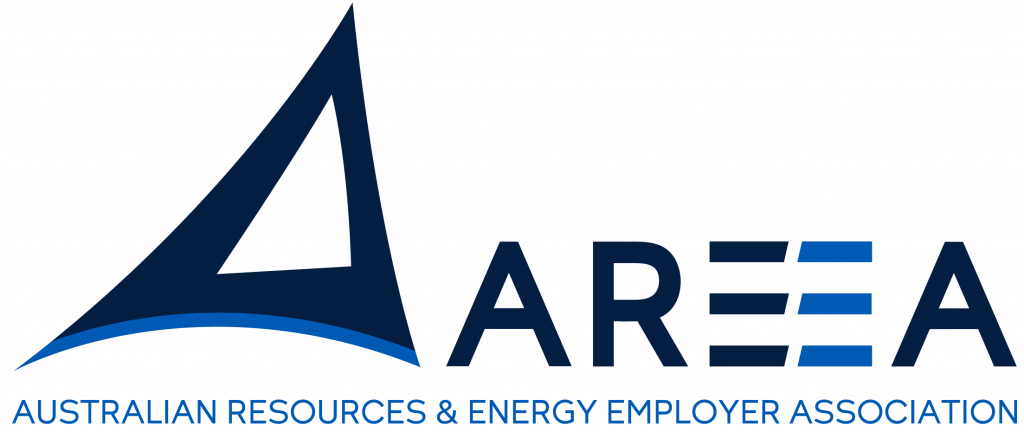The Australian Government has announced it will abolish the Subclass 457 Visa program for foreign workers and create a new temporary visa restricted to critical skills shortages across a revised list of eligible occupations.
Among the changes, the Subclass 457 Visa will be abolished and replaced with the Temporary Skill Shortage Visa. More stringent labour market testing and English language testing measures are also to be introduced.
In a joint statement, Prime Minister Malcolm Turnbull and Minister for Immigration and Border Protection Peter Dutton claimed the changes will give Australian job seekers more opportunity to find work while finding the right balance so businesses can prosper.
“This will ensure Australian workers are given the absolute first priority for jobs, while businesses will be able to temporarily access the critical skills they need to grow if skilled Australians workers are not available,” the statement read.
“Migration is an integral part of the Australian story and its success has helped us become the world’s most successful multicultural nation. There is no doubt foreign workers have played a significant role in the remarkable economic growth of the nation.”
Reacting to the change, Visa Solutions managing director Daniel Engles who consults on skilled migration needs of resource employers, said the changes will make accessing temporary skilled labour for international markets ‘more difficult’.
“There is a feeling that this announcement is a reaction to the politics around skilled migration over recent years, as opposed to any significant flaws in the 457 visa system itself,” Engles said.
“Resource employers, particularly those in the offshore sector, will find that occupations where they’ve been able to fill gaps with skilled international workers have now been removed from the eligibility list.”
Implementation of the new visa will begin immediately, with full implementation to be completed by March 2018. A summary of the key dates and changes is outlined below.
- Effective immediately;
- The occupation list underpinning the sc457 visa is reduced to 435 occupations compared to the previous 651 occupations, a reduction of 216 occupations;
- A further 59 occupations are restricted for use under the sc457 program.
- Two new lists announced; The Short term Skilled Occupation List (STSOL) and the Medium and Long Term Strategic Skills List (MLTSSL).
- Occupations on the STSOL will granted visas for a maximum of 2 years; occupations on the MLTSSL will be issued for a maximum of 4 years.
- 1 July 2017 announced changes;
- further review of the occupation lists.
- English language salary exemption removed.
- Training benchmark changes.
- Character requirements strengthened.
- 31 December 2017 announced changes;
- data matching with ATO commences to ensure compliance with nominated salaries;
- publication of details of sponsors sanctioned for not meeting sponsorship obligations.
- March 2018 announced changes;
- The sub class 457 visa will be abolished and replaced with the TSS visa.
- TSS is announced to be a two stream system;
- short-term stream for renewal only once; fewer occupations; English language testing and Genuine entry.
- The medium term stream will include renewal options with a pathway to PR; larger number of occupations with additional occupations for regional areas.
Fact sheets that provide more detail about the reforms are available at:
Further details on the new visa and an explanation of transitional arrangements for current 457 visa holders and applicants is available on the Department’s website here.
AREEA reaction: 457 Visa program has worked as intended
While many industry groups were supportive of the announcement, AREEA was cautious about the move.
Director industry services Tara Diamond, welcomed the government moving to ensure our nation’s skilled migration systems have the full confidence of the Australian public, however said the system had largely ‘worked as intended’.
“The replacement of the 457 Visa program with a new temporary immigration program will help ensure skilled migrants, and the significant contribution they make to our nation, is no longer trivialised and leveraged for cheap political point-scoring,” Ms Diamond said.
“However, it should be recognised that the 457 Visa program has worked as intended. The system was built to be responsive to changes in our economy and fluctuating labour demand, and has delivered on this objective.
“For instance, the same temporary skilled migration programs that were critical to filling crippling skills shortages during the major project investment and construction boom, have more recently seen numbers drop to almost non-existent, as skills and labour pressures have eased.
“Department of Immigration figures show the resource industry as making 6,630 applications for 457 visas in 2011-12, falling to 2,600 in 2013-14 and just 230 in 2016-17.
“Clearly, any groups characterising the 457 Visa program as detracting from Australian job opportunities have been misinformed at best, and acting mischievously at worse.”
Ms Diamond said if the government’s changes help silence the ‘cheap politics and scaremongering that has taken place around temporary skilled migration in recent years’, AREEA would welcome that outcome.
“But overhauling a responsible skilled immigration policy that has proven highly responsive to labour demand and supported nation-building projects, is hardly the type of ‘big picture’ policy thinking that will address Australia’s pressing employment and economic challenges,” she said.
“The government’s attention would be better directed at tackling Australia’s job-killing workplace relations system which, unlike 457 visas, has proven to be a major barrier to competitiveness and employment growth.”
AREEA’s media statement can be found here.
As the resource industry’s workplace relations and skilled migration policy specialists, AREEA will consult heavily with the Australian Government and Department of Immigration to ensure our members’ skilled migration needs are prioritised in the implementation of the new Temporary Skill Shortage Visa. Further updates will be sent to members as new details emerge.
To provide feedback or for further information, contact [email protected].



